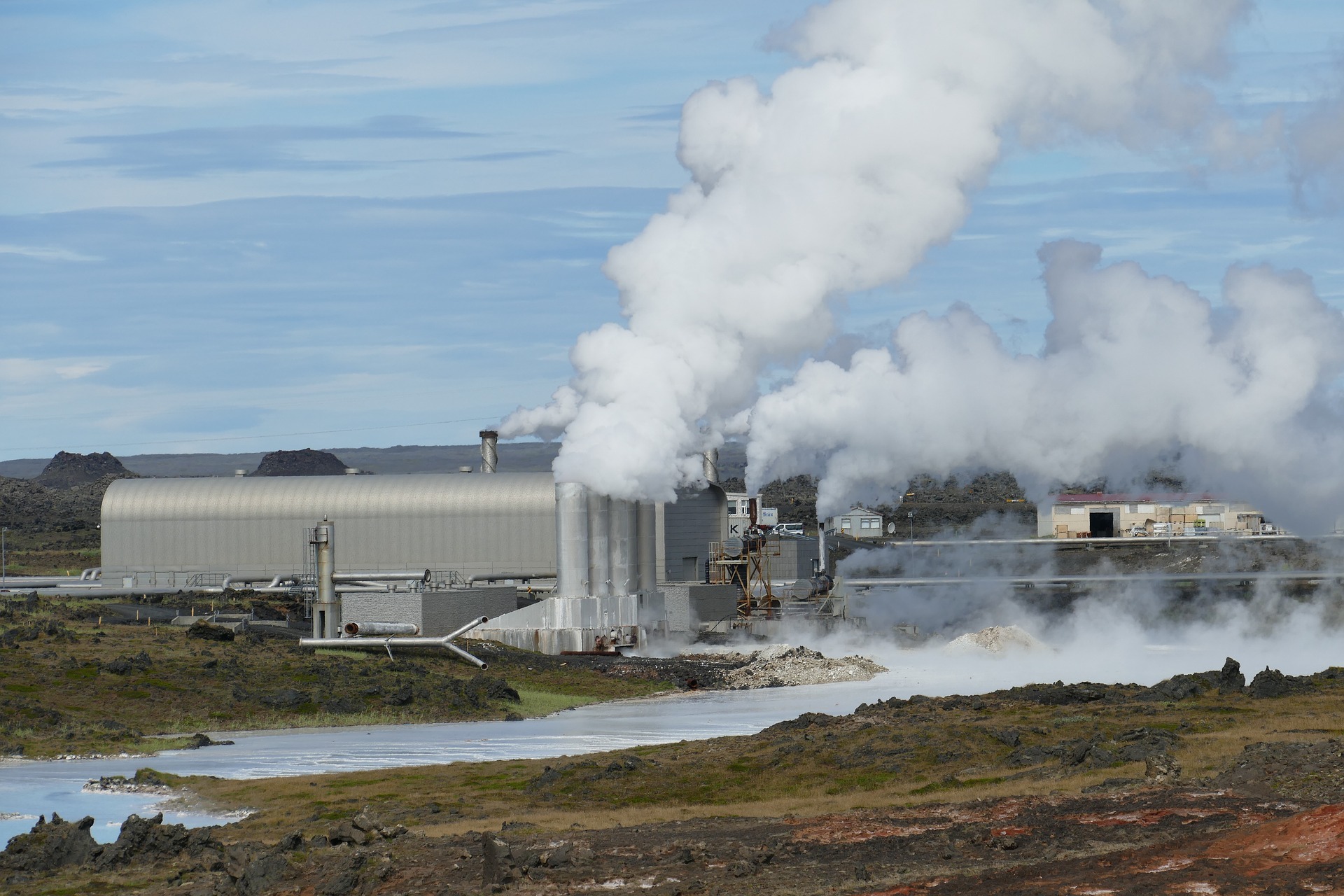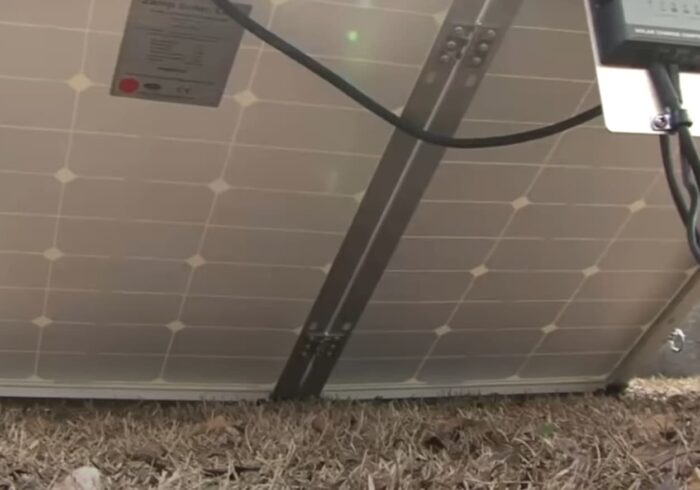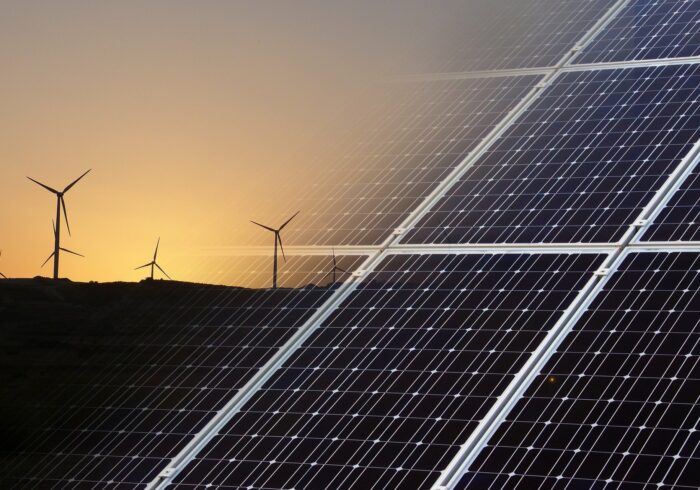Geothermal energy uses the earth’s heat to produce electricity. The temperature of the subsurface allows it to heat the upper layers of the Earth and underground water bodies. Geothermal energy is extracted from the ground using shallow wells – this does not require a large capital investment. It is especially effective in regions where hot springs are close to the surface of the earth’s crust.
The expression “geothermal energy” literally means that it is the heat energy of the earth (“geo” means earth, “thermal” means heat). The main source of this energy is a constant stream of heat from the heated interior, directed toward the Earth’s surface. The Earth’s crust receives heat as a result of friction of the core, radioactive decay of elements (like thorium and uranium), and chemical reactions. The time constants of these processes are so large relative to the Earth’s existence that it is impossible to estimate whether its temperature is increasing or decreasing.
The reserves of geothermal energy are enormous. Geothermal energy in a number of countries (Hungary, Iceland, Italy, Mexico, New Zealand, Russia, USA, Japan) is widely used for heat supply and power generation. For example, in Iceland 26.5% of power generation is provided by geothermal energy.
In 2004, the total capacity of geothermal power plants in the world was about 9 million kW, and that of geothermal heat supply systems was about 20 million kW (thermal). According to forecasts, the capacity of geothermal power plants can be about 20 million kW, and electricity generation – 120 billion kWh.
Geothermal energy provides heat to Reykjavik, the capital of Iceland. As early as 1943, 32 boreholes were drilled to depths of between 440 and 2,400 m, taking water with temperatures between 60 and 130°C to the surface. Nine of these boreholes are still in operation today.
Among the Earth’s deep heat deposits, there are thermoanomalous zones of heat deposits, which have an increased geothermal gradient in water-saturated permeable rocks. Thus, manifestations of geothermal heat of practical importance are hot water and steam reserves in underground reservoirs at relatively shallow depths and geysers that come to the surface.
Geothermal waters are classified by temperature, acidity, salinity level, hardness.
The main indicator of the suitability of geothermal sources for use is their natural temperature, according to which they are divided into low-thermal waters with the temperature of 40-70°C; medium-thermal waters with the temperature of 70-100°C; high-thermal waters and steam with the temperature of 100-150°C; steam-hydrotherms and fluids with the temperature of over 150°C.
There are 19 geothermal power plants in the Valley of Geysers in the U.S. with a total capacity of 1,300 MW. The world’s most powerful geothermal power plant (50 MW) was also built in the U.S. – Heber geothermal power plant.
The greatest effect takes place at the combined schemes of using geothermal sources as a heat carrier for water heating and power generation at thermal power plants, which provides significant savings of fossil fuel and increases the efficiency of low-potential energy conversion. Such combined schemes allow the use of heat carriers with initial temperatures above 70-80°C to generate electricity.
Today 58 countries use heat from their geothermal resources not only for power generation but also directly as heat: for bath and pool heating 42%; for heating 23%; for heat pumps 12%; for greenhouse heating 9%; for water heating in fisheries 6%; for industry 5%; for other purposes 2%; for drying agricultural products, snow melting and air conditioning 1%.
In 2008, the installed capacity of power-generating geothermal plants worldwide was about 11 million kW, generating about 55 billion kWh.
According to various forecasts, the capacity of geothermal plants will increase to 40-70 million kWh by 2030.



